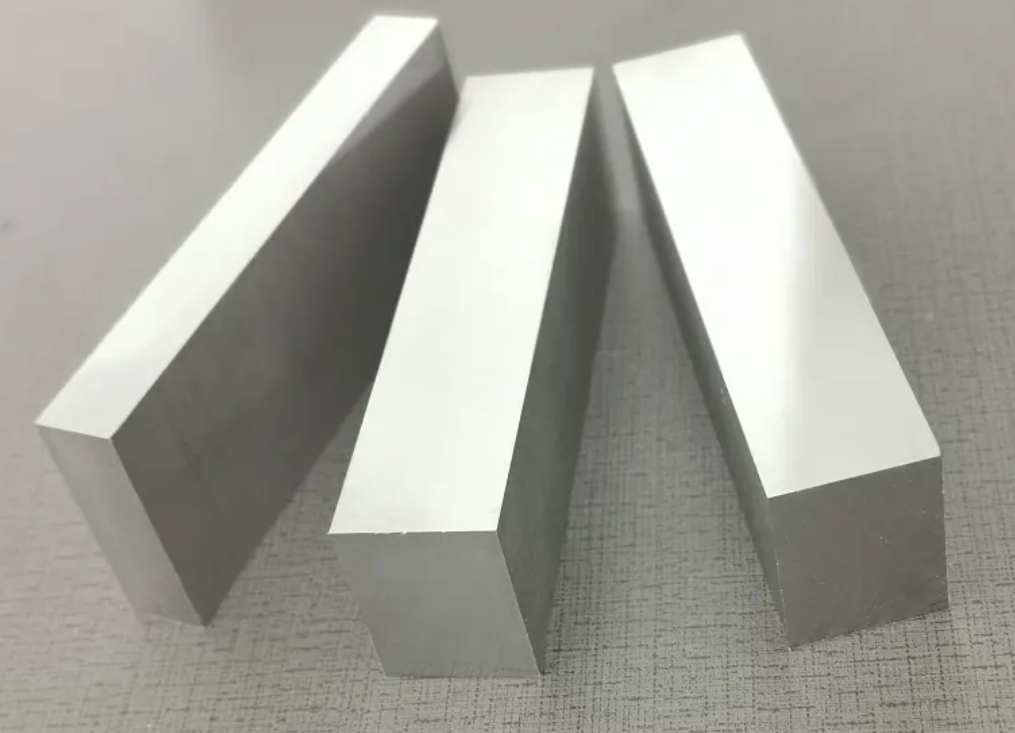Materials
Common Materials
Composite materials, plastic materials, mold materials


Composite Materials
Composite materials are high-performance composite materials, which are artificially compounded, composed of multiple phases, three-dimensionally combined with two or more components (or components) selected in a certain amount ratio, and there are various phases between them. Materials with distinct interfaces and special properties.
New composite materials, two or more materials with different properties, after the combination of composite processes, become new materials with higher performance. It not only retains the respective characteristics of the raw materials, but also forms new superior comprehensive properties, which have the characteristics of high specific strength, high specific modulus, vibration reduction, friction reduction, fatigue resistance and safety performance, such as glass fiber resin composite materials (commonly known as ” Fiberglass”), carbon fiber reinforced plastic matrix composites (resins), boron fiber reinforced aluminum matrix composites, carbon fiber reinforced carbon matrix composites, etc. High strength, lighter than steel and aluminum alloy, and strong heat resistance, suitable for manufacturing aircraft, spacecraft, automobiles, etc. Due to its light weight and low fuel consumption, the energy saving effect is remarkable.
The matrix materials of composite materials are divided into two categories: metal and non-metal. Commonly used metal substrates are aluminum, magnesium, copper, titanium and their alloys. Non-metallic substrates mainly include synthetic resin, rubber, ceramics, graphite, carbon, etc. Reinforcing materials mainly include glass fiber, carbon fiber, boron fiber, aramid fiber, silicon carbide fiber, asbestos fiber, whisker, and metal.It used for compression molding.
According to the different use characteristics of various plastics, plastics are usually divided into three types: general plastics, engineering plastics and special plastics.
General plastics: generally refer to plastics with large output, wide application, good formability and low price. There are five general types of plastics, namely polyethylene (PE), polypropylene (PP), polyvinyl chloride (PVC), polystyrene (PS) and acrylonitrile-butadiene-styrene copolymer (ABS). These five categories of plastics account for the vast majority of plastic raw materials used, and the rest can be classified into special plastic varieties, such as: PPS, PPO, PA, PC, POM, etc. They are used in very small amounts in daily life products. It is used in high-end fields such as engineering industry and national defense technology, such as automobile, aerospace, construction, communication and other fields. Plastics are classified according to their plasticity and can be divided into thermoplastics and thermosets. Under normal circumstances, thermoplastic products can be recycled, while thermosetting plastics cannot. According to the optical properties of plastics, they can be divided into transparent, translucent and opaque raw materials, such as PS, PMMA, AS, PC, etc. belong to transparent plastics , while most other plastics are opaque.


Plastic Materials
Plastic raw material is a kind of synthetic or natural high molecular polymer, which can be arbitrarily kneaded into various shapes and can finally keep the shape unchanged.It used for injection molding.


Mould Steel Material
Mould steel is a type of steel used to make molds such as cold stamping dies, hot forging dies, and die casting dies. Molds are the main processing tools for manufacturing parts in industrial sectors such as machinery manufacturing, radio instruments, motors, and electrical appliances. The quality of the mold directly affects the quality of the pressure processing process, the precision output of the product and the production cost, and the quality and service life of the mold are mainly affected by the mold material and heat treatment in addition to reasonable structural design and machining accuracy.
Mould steel can be roughly divided into three categories: cold-rolled mold steel, hot-rolled mold steel and plastic mold steel, which are used for forging, stamping, cutting, die-casting, etc. Due to the different uses of various molds and complex working conditions, the steel used for molds should have high hardness, strength, wear resistance, sufficient toughness, and high hardenability, quenching according to the working conditions of the mold. Hardness and other process properties. Due to the different uses and complex working conditions, the performance requirements for mold steel are also different.
The United States divides mold steel into four categories according to the service conditions of molds. The Tool Steel Committee of the American Society for Metals lists four categories: cold work mold steel, hot work mold steel, plastic mold steel, and plastic mold steel. Among them, cold work die steel is divided into 12 subcategories, hot work die steel 9 subcategories, plastic mold steel 2 subcategories, and plastic mold steel 5 subcategories. The selection of materials for each subcategory in turn depends on three main factors:
◆ The complexity of size and shape,
◆ processed material,
◆ Durability requirements or design life
Wide Range Of Material Applications
Scheduling An Appointment
Various composite materials, plastic materials, mold materials technical information please contact us for some more detailed and give you good solutions.